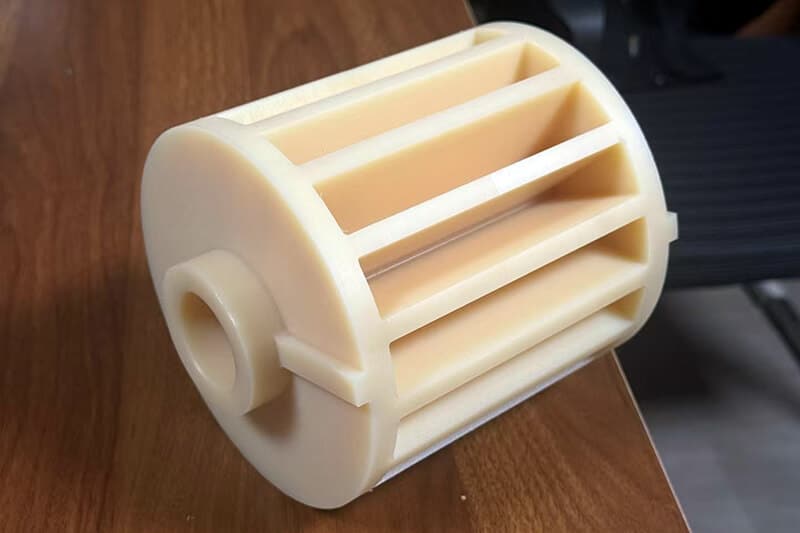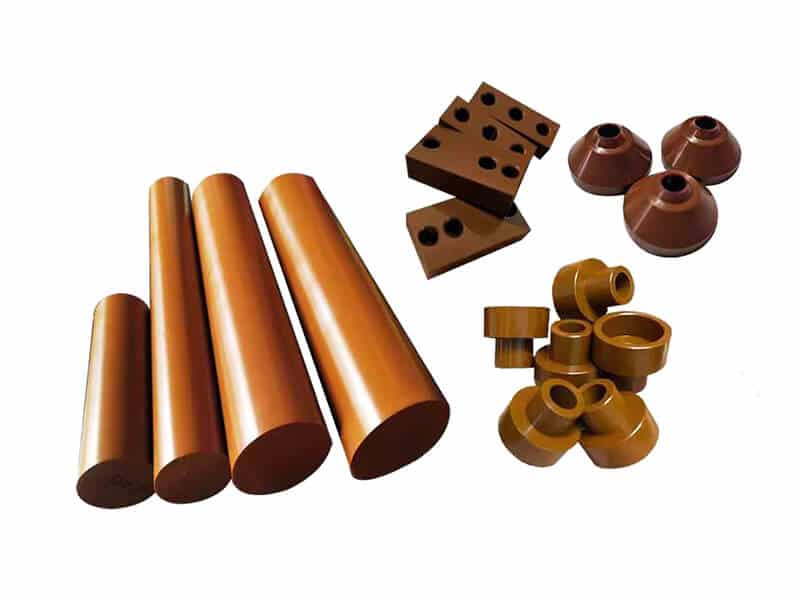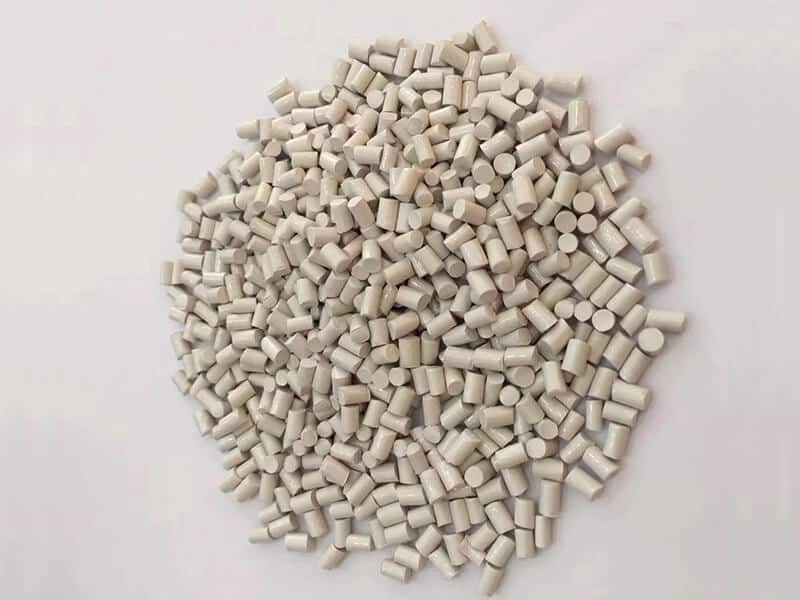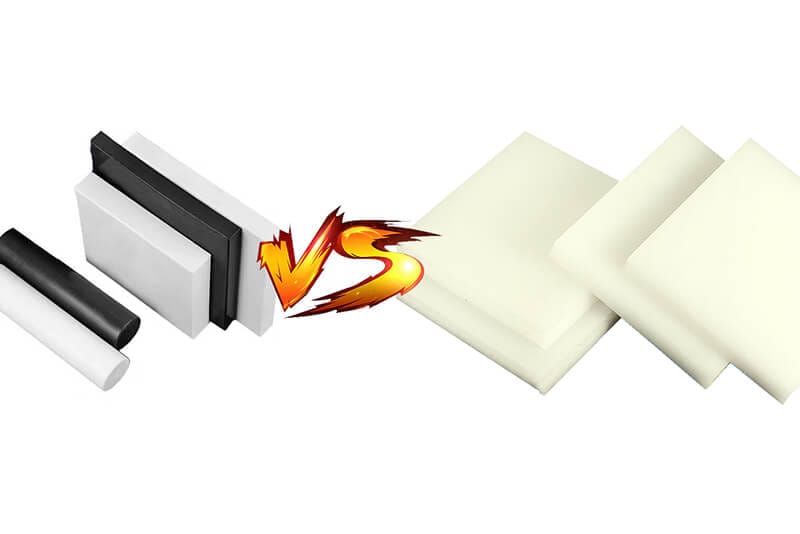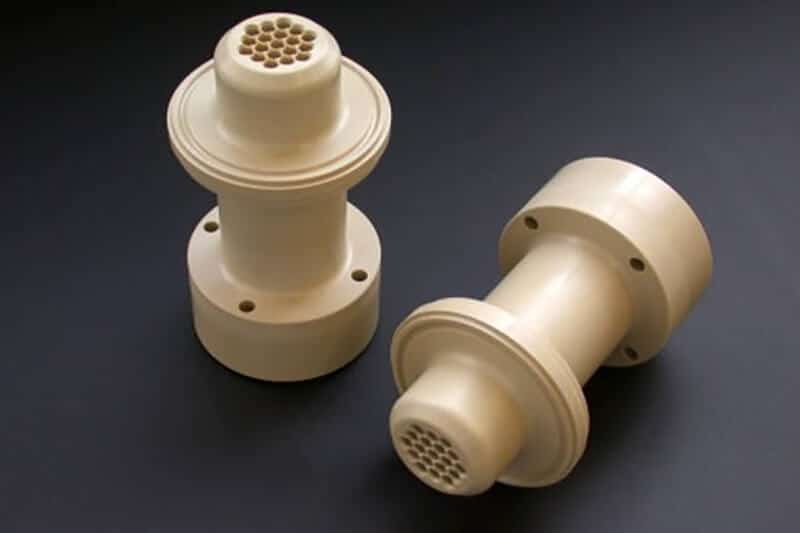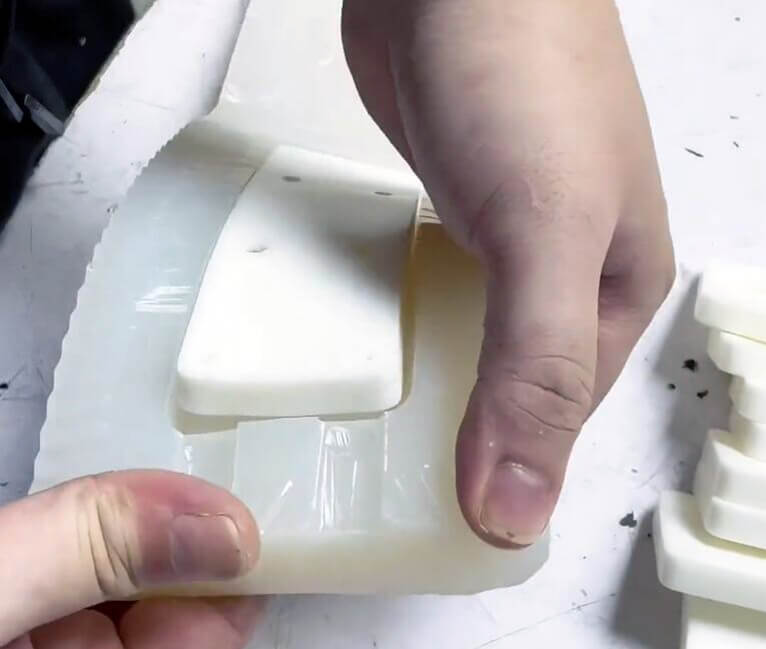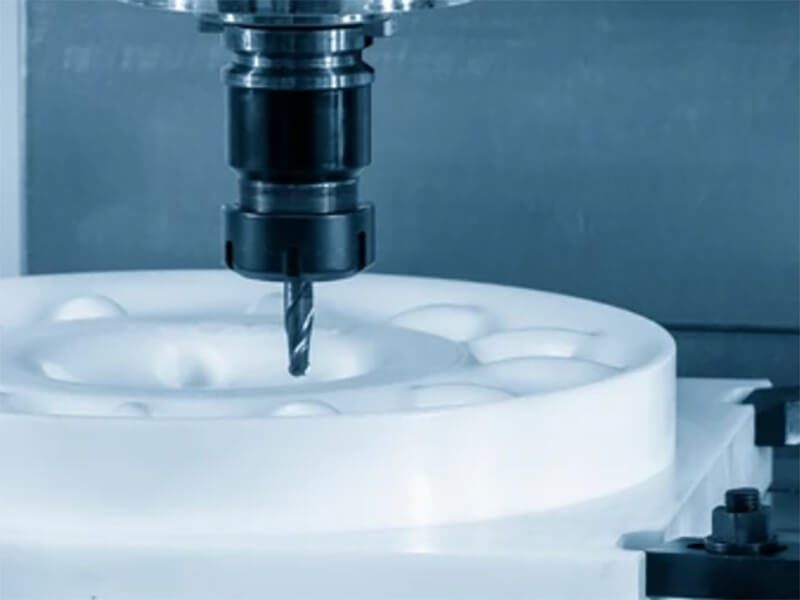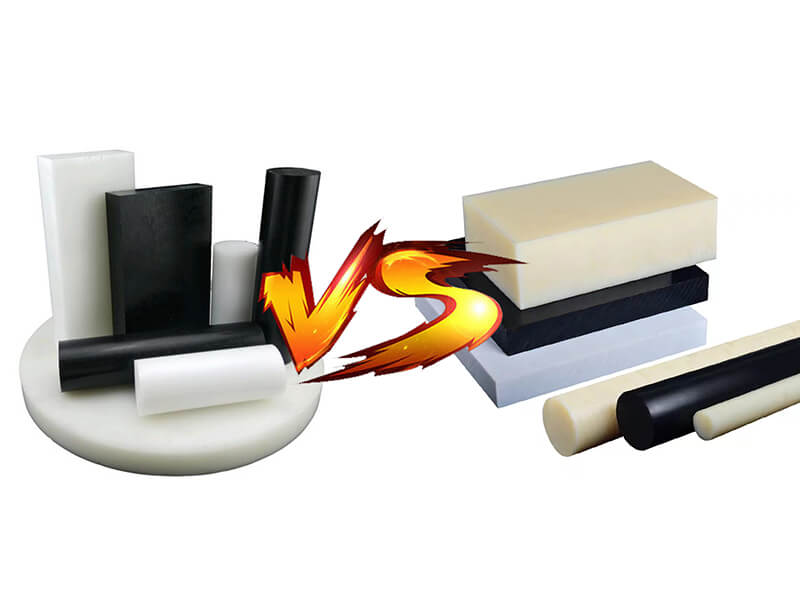Overview Application of Polyimide in Medical Device
Learn how polyimide makes medical devices safer! Its stability, heat resistance, and durability help doctors use reliable tools in treatments and surgeries.

In the medical field, ensuring the right materials is essential for patient safety and device performance. Many traditional plastics break down easily or react with body fluids, leading to complications. This increases the risk during procedures and results in costly replacements.
Polyimide is a reliable alternative in that instance. It is a high-grade polymer thermoset plastic that features excellent thermal stability, chemical resistance, and tensile durability. Due to its robust physical and chemical properties, it is now an ideal choice for various medical devices. Keep on reading to learn the usage details of polyimide in medical devices.
Technical Specifications of Polyimide
Here’s a quick glimpse of polyimide’s key technical specifications:
| Criteria | Statistics |
|---|---|
| Thermal Rating at 20000 Hours | 464 °F Minimum |
| Thermal Endurance | 752 °F Minimum |
| Tensile Strength | 25000 PSI Minimum |
| Hoop Stress | 11000 PSI Minimum |
| Burst Strength | (Hoop Stress x Wall Thickness) / OD Radius |
| Elongation @ Break | 70% Nominal |
| Radiation Resistance | 3.0 x 109 Gamma Dose rad |
| Coefficient of Thermal Expansion | 2.2 x 10-5/ °F |
| Dielectric Strength | 4 000 Volts/0.001″ Minimum |
Top Polyimide Features Useful for Medical Applications
These are the top features of polyimide plastic that make it superior for various medical applications:
1. Flexibility and Kink Resistance
Polyimide’s flexural stability can reach up to 340 MPa or 49,000 PSI when mixed with glass fiber or graphite. This ensures that medical devices can withstand bending forces during insertion or manipulation, which is critical for instruments like catheters, which bend and curve smoothly in the body.
2. Column Strength
Polyimide typically features high column performance. It can withstand compressive forces without buckling or deforming, which is important for medical devices. The tube maintains its shape when it passes through narrow or curved pathways in the body. Other related properties of polyimide include:
| Feature | Benefit for Medical Devices |
|---|---|
| Tensile Strength (≥ 20,000 psi) | Maintains integrity and safety under operational forces. |
| Elongation at Break (≥ 30%) | Provides flexibility for bending and maneuvering in the body. |
| Modulus of Elasticity (310 psi) | Ensures consistent performance and precision in medical instruments. |
| Dielectric Strength (4000 V/.001″) | Reduces the risk of electrical failure and enhances patient safety. |
| Flame Resistance | Reduces fire hazards in medical settings. |
3. Ultra-Smooth Surface and Transparency
The colorless transparent properties ensure an effective performance in medical devices where visibility is crucial. This is particularly useful in applications like endoscopy. Plus, it features self-healing properties which reduce the need for frequent replacements and extend the life of the medical instruments.
4. Chemically Inert
Polyimide is a high-grade chemical-resistant material that can withstand various acids, bases, and many more organic solvents. It can also withstand oils and solvents such as esters, ethers, alcohols, and hydrocarbons. This is important for medical applications where rigorous cleaning and sterilization are important to maintain hygiene and prevent infections.
5. Torque Transmission
Polyimide has excellent torque transmission capability, which helps medical devices apply twisting or rotating movements accurately and with control. In minimally invasive surgeries where control is essential, high torque transmission reduces the chances of unintentional movements that could damage delicate tissues.
6. Gamma, Eto & E-Beam Sterilization Tolerant
Polyimide can be safely sterilized using gamma, Eto, and E-Beam sterilization methods. This makes the material suitable for use in sterile environments. Through sterilizing, it kills bacteria and viruses and ensures medical devices remain safe, reliable, and versatile for patient use.
7. High Heat Resistance
Polyimide can withstand very high temperatures, up to 500°F or 260°C, without losing its structure. This high heat resistance allows the material to endure repeated sterilization cycles, such as autoclaving. It ensures that medical devices maintain their integrity, performance, and safety over multiple uses.
8. USP Class Vi Compliance
Polyimide is classified as USP Class VI compliant. It has undergone rigorous testing and successfully meets the ISO 10993 biocompatibility requirements for Class III medical devices. This means the plastic is free of any toxicity, sensitization, and irritation and safe for patient use.
Polyimide Plastic Applications In Medical Devices
These are the most common medical instruments where polyimide is used:
Medical Tubing
Polyimide is commonly used in thin and flexible tubes in medical tools like catheters and surgical tools like graspers. Due to the smoothness inside and flexibility, catheters made from it are safer and more comfortable for patients.
Electrodes
Polyimide is also used to make electrodes, which are small parts that can send and receive signals in the body. Since the plastic is bendy, strong, and safe, it is perfect for use in electrodes that need to fit in tight or curvy places.
Laparoscopy Applications
Polyimide has been successfully optimized in various laparoscopy applications, which lets doctors see and work inside the body with tiny cuts. The material’s robustness and flexibility help these tools work smoothly during minimally invasive surgeries.
Urological Retrieval Devices
Polyimide is found in various urological retrieval devices. The strong, smooth, and biocompatible properties of the material ensure the tool bends easily and moves through narrow spaces without getting stuck.
Neurological Applications
A wide range of neurological devices are now using polyimide as one of the best plastic materials. Polyimide exhibits good biocompatibility, which reduces the risk of adverse tissue reactions and inflammation.
Suction Lumen for Endovascular Surgery
Suction lumens need to be very thin, flexible, and strong to work inside blood vessels. Polyimide’s flexibility and strong properties make it ideal for this purpose and allow it to easily move through narrow blood vessels.
Cell Culture Substrates
Polyimide is often used to make cell culture substrates. It’s clear, glass-like quality helps to see and study cell growth under a microscope. Due to being chemically inert, it doesn’t react with the cells or chemicals and keeps them safe.
Balloon Angioplasty and Stent Delivery
Polyimide is also found in various parts of balloon catheters due to its favorable properties.
In Closing
When it comes to reliable plastics for medical instruments, polyimide stands out. Its unique properties, including chemical stability, heat resistance, and biocompatibility, ensure patient safety and comfort. As medical technology advances, polyimide will continue to play a significant role in developing more effective tools for healthcare professionals.
Related Blogs

Looking for a trustworthy Supplier
Need a Trustworthy Supplier of Plastic, Foam, Sponge, Rubber, Metal, and Machining Solution. Click the Button, We Will Be In Touch With You As Quickly As Possible.



